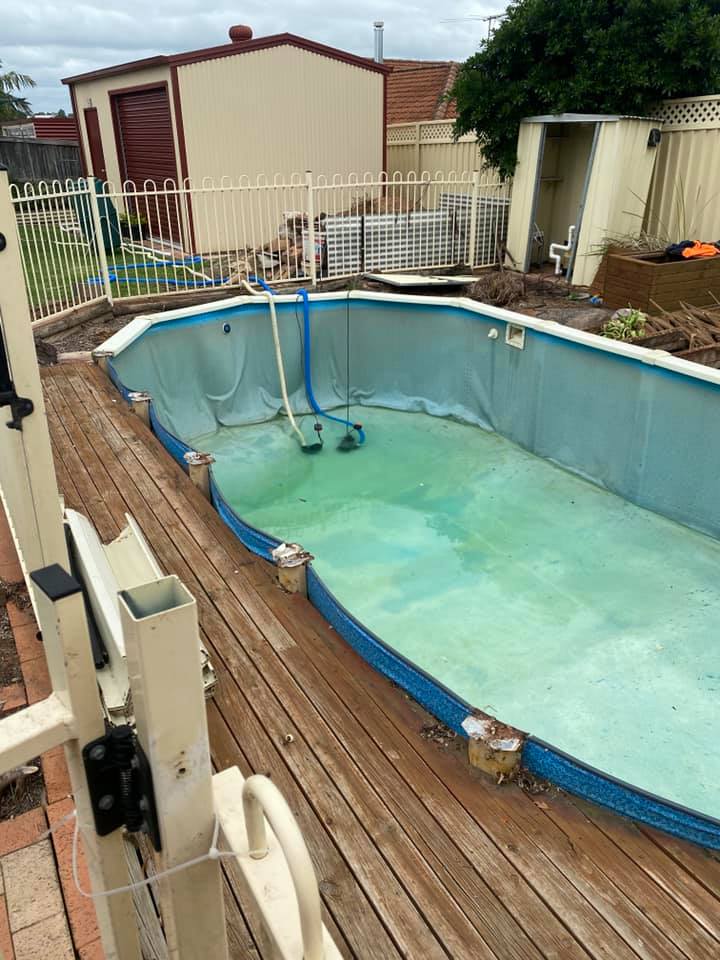Many homeowners see a swimming pool as a luxury and the biggest asset of the house, but most of them consider it as the source of expenses and headaches.
But why? Because it needs regular maintenance, which can empty your wallet. Moreover, it also gives lots of space in the backyard, sun in summer to your family and friends and creates unforgettable memories.
Demolishing or removing your inground swimming pool produces a major task but comes with the advantage of peace of mind and increased yard space.
If you’re thinking about removing your swimming pool, it’s essential to understand the key considerations before and after the process of making the right decision for your property and lifestyle. But before that, let’s understand the procedure of removing the swimming pool.
Key Takeaways
- The average cost for safe and legal pool removal spans between $2,500 and $12,000.
- Understand that your city’s regulations can add prices, but it reassures you of a safe and efficient operation.
- Working with certified and experienced professionals who can handle both demolition and landscaping can help you avoid unnecessary hazards and transform your yard into a lovely outdoor place.
- While you might think a DIY method to be cost-effective. But even if you have the relevant skills and equipment, it can be risky if you lack confidence and experience. Always consult with a specialist before starting.
- The overall cost of pool elimination depends on the depth of the pool, supplies necessary, contractor rates, access for heavy equipment, and local permissions. Be prepared for labour expenses and other surprising expenses.
The Procedure of Pool Removal
Pool removal is a complicated procedure that includes various activities, steps, and governing requirements, each of which can add costs to the final outcome. Here’s an overview of the pool removal process:
Procedure Before Pool Removal

First, you need a permit according to city regulations on pool removal. Each city has its own process and costs for permits, averaging around $100 to $500.
Permits are essential for ensuring environmentally friendly practices, safe disposal of removed pool components, and minimal disturbance to neighbours.
Choosing the right professional for pool removal is crucial as it impacts the entire procedure and project cost. After selecting our experienced and certified team as Jam Pool Removals, we will estimate the demolition project and address any questions you may have.
Once you finalise the details, including project timelines and payment schedules, we will present a removal process map. You can share your expectations, and after thorough discussion, we will sign a contract for pool removal. Our team will then arrive with all the required equipment.
During Swimming Pool Removal
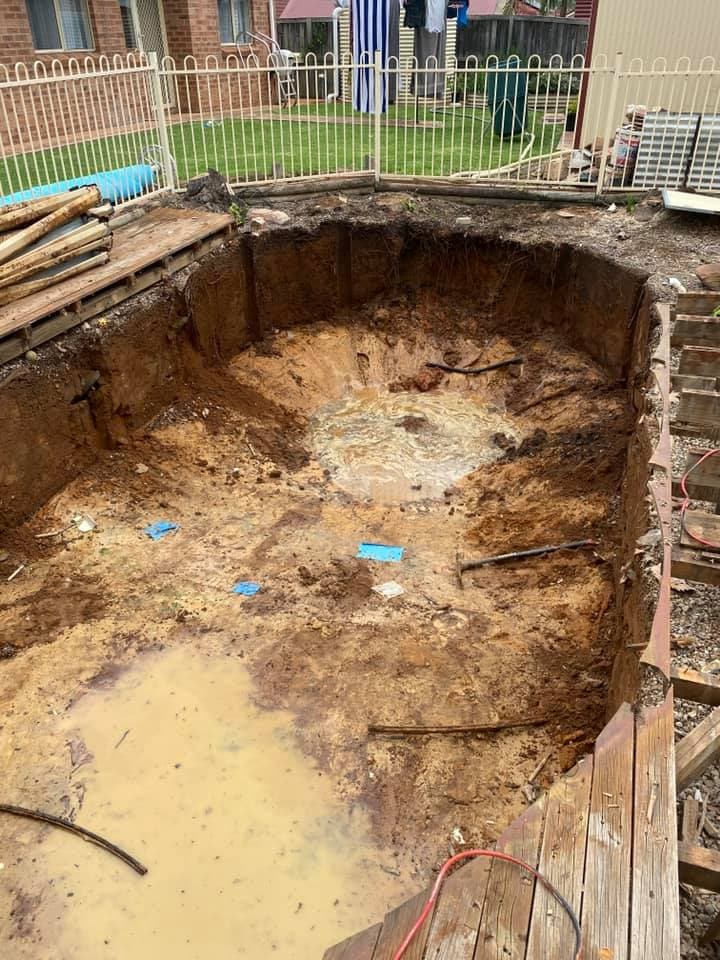
Draining the water from the pool is the first step, which we will take safely to avoid environmental impact. Next, we will punch holes in the bottom of the pool and remove surrounding pathways.
We will then safely remove existing pool equipment, including the liner, metal siding, filters, and stairs. Using excavators and drilling machines, we will dismantle the pool and fill the area with suitable dirt. After compacting the soil, we will clean the worksite and dispose of debris safely.
Procedure After Removing Your Pool
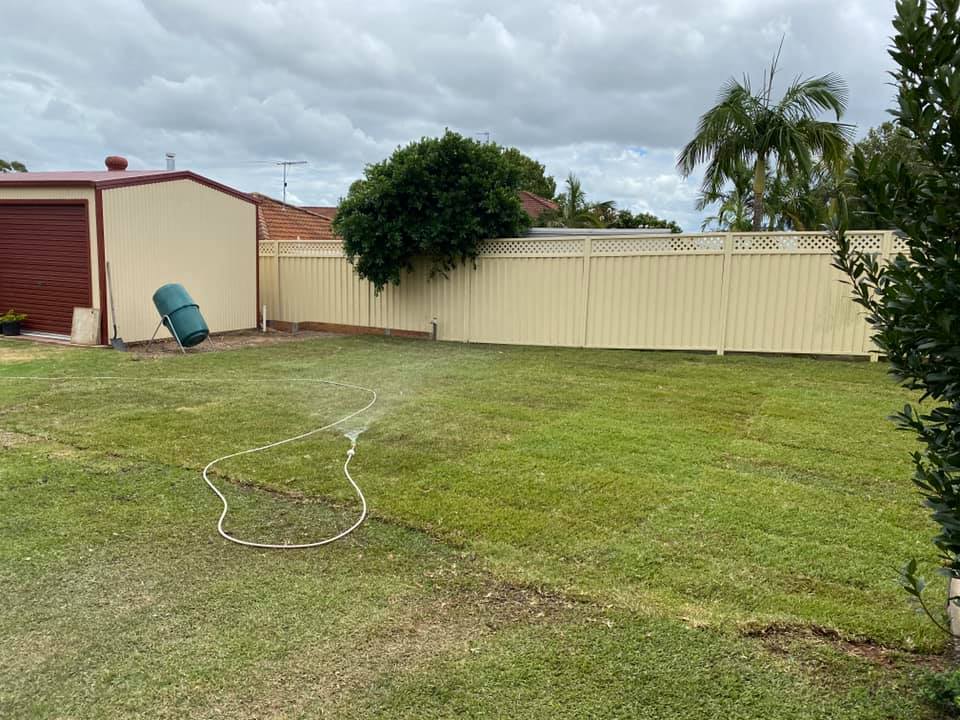
After the removal process is complete, you will receive a written document confirming the pool removal, including disposal or recycling records. We will assess the land to ensure it’s suitable for building or other activities.
Once completed, you’ll have a spacious yard that can be transformed for various creative uses.
Benefits of Pool Removal
When pool owners connect with a professional to remove their pool, they can assure you that the entire process is scientifically accomplished and that your property is secure. With that, you’ll also get benefits such as:
- Enhanced Safety for Kids, Pets, and the Elderly: Removing your pool greatly reduces the risks of accidents, making your backyard a safer place for children, pets, and senior family members.
- Increased Backyard Space: Pool removal frees up valuable space in your yard. This allows you to create a more functional area for outdoor activities, gardening, or partying.
- Improved Marketability: Eliminating the pool can attract potential buyers, especially those who like low-maintenance homes. This potentially increases the desirability of your property when you want to sell it.
- Reduced Maintenance Costs and Time: Removing your pool cuts down on the expenses and time associated with cleaning, repairs, and maintenance, freeing you up to enjoy other activities.
Before Pool Removal: Key Considerations
Types of Pool Removal: Partial vs. Full Removal
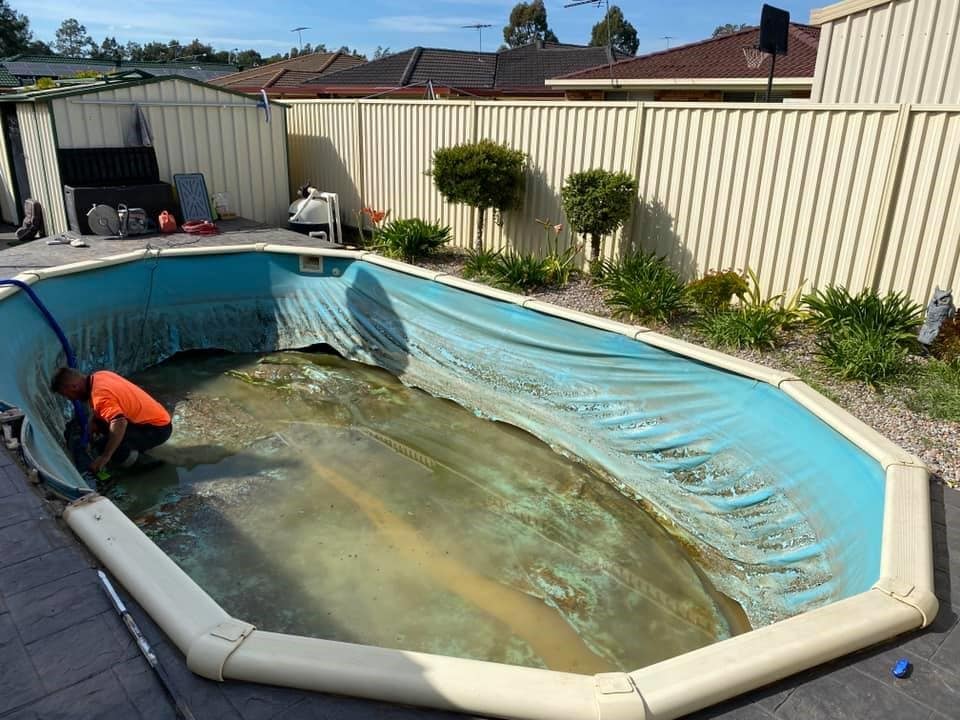
When it comes to removing a pool, there are two main methods: partial and full removal. Your choice will depend on your future plans for space, your budget, and local rules.
- Partial Removal (Pool Fill-In): In this method, the top part of the pool (about 18–24 inches) is demolished, and the bottom is perforated for drainage. The space is then filled with dirt and gravel. This option is quicker and more affordable, but it may limit how you can use the area in the future, since you can’t build on the old pool’s foundation.
- Full Removal: Full removal means taking out the entire pool, including all its components like concrete, fiberglass, and liners. This method is more expensive and takes longer, but it gives you complete freedom for future landscaping or construction. The land can be compacted properly, making it suitable for gardens, lawns, or new structures.
Permits and Regulations
Removing a pool is more than just draining the water and digging it up. Most local governments require permits for pool demolition, and they often have specific rules about how it should be done. For example, some areas may require full removal to prevent ground stability issues, and there may be environmental guidelines for disposing of pool debris.
Before you begin the removal process, check with your local building department to find out what permits you need. Hiring licensed contractors who understand local regulations can help you save time and avoid expensive mistakes.
Cost of Pool Removal
The cost of removing a pool depends on several factors, including the size of the pool, the type of removal you choose (partial or full), and local disposal fees. On average, full removal typically ranges from 2,500 to $12,000 or more from small to large pool respectively.
Don’t forget to factor in additional costs such as permits, debris removal, and landscaping afterwards.
After Pool Removal: What to Expect and Next Steps
Settling of the Ground
Once your pool is removed, the ground where it used to be may settle over time, especially with partial removal. This can cause uneven areas or even sinkholes. To avoid this, make sure your contractor uses good-quality fill material and properly compacts the soil. However, some settling is natural, so you may need to add more soil or regrade the area later.
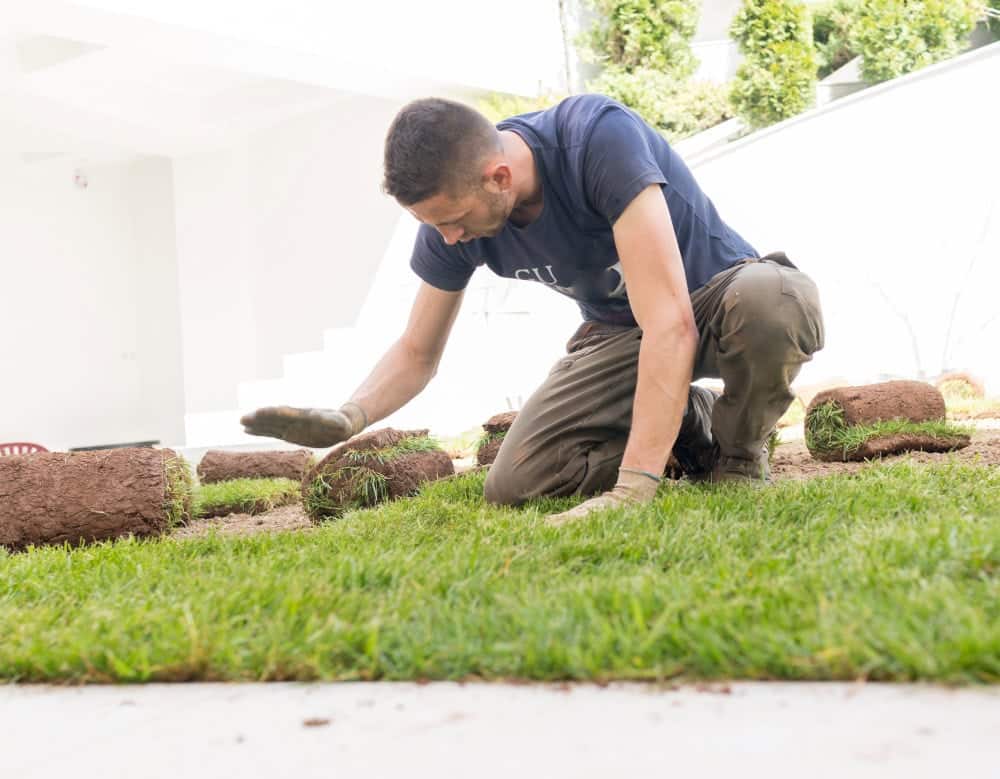
Landscaping Ideas
After pool removal, you’ll have plenty of space to redesign your backyard, consider these landscaping ideas after pool removal to make the most of it.
- Lawn or Garden: Plant a lawn or create a garden for a fresh, natural look. Make sure the soil is levelled properly to prevent water pooling.
- Patio or Deck: Add a patio, deck, or outdoor kitchen for entertaining guests and enjoying the outdoors.
- Play Area: A child- or pet-friendly play area with grass or soft surfaces like rubber mulch or artificial turf is a great way to use the space safely.
Boosting Property Value
While some fear that removing a pool could hurt property value, it often increases appeal, especially for buyers who prefer less maintenance and more yard space. If you plan to sell your home, ensure the removal was done properly and the land is stable to reassure potential buyers.
Ongoing Maintenance
Even without the pool, the new space will still need regular upkeep. Whether it’s maintaining a lawn, garden, or patio, there will be some work involved, but it will generally be much easier and less expensive than maintaining a pool.
Summing Up!
Removing a swimming pool is a significant decision that can lead to a range of benefits for your property and lifestyle. Depending on a responsible pool demolition contractor to perform the project is important for many reasons, mainly for the sake of you and your family’s protection.
By understanding the entire process, from securing permits and selecting qualified professionals to the actual removal and subsequent landscaping—you can ensure a smooth pool demolition.
Additionally, due to the heavy machinery and safe procedures involved in swimming pool removal, there is potential for damage to driveways, sewer connections, landscaping, septic tanks, and more.
A qualified pool demolition professional will assess your specific situation to determine the safest and most effective method for removing your pool while protecting your yard.
Let us assist you with your pool demolition project. Contact us today to ensure a safe and cost-effective pool removal experience
